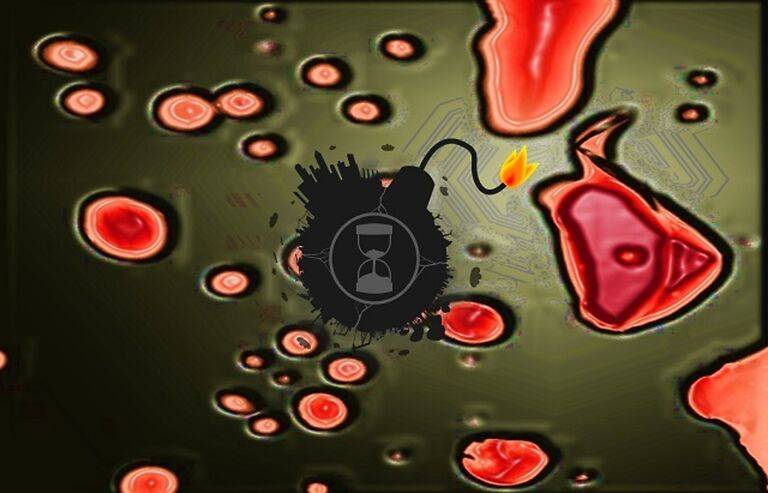
Microplastics are omnipresent contaminants in the world and interfere in all natural processes. Since most microplastics are toxic due to additives in the polymers and the tendency to accumulate in the environmental compartments. It has acute to chronic toxicity with wide potential including respiratory toxicity, cytotoxicity, gastrointestinal toxicity, immunotoxicity, and reproductive toxicity. In addition to health effects, it can destroy the naturalness of the ecosystem by altering ecological functions such as nutrient recycling, decomposition, and energy flow. Moreover, the amount of plastic waste is increasing globally like never before. Now it acts as a time bomb with a shortage of time to manage it. If it is not managed in a limited time then microplastic time bombs will destroy naturalness. The following are the key points to understand the problem in detail.
1. Effects on human health
Microplastics have direct several health effects on many organisms including human beings. Although the purest form of plastic polymers are inert and do not have direct toxicity. However, additives added to the polymers are responsible for their toxicity. The additives such as BPA, PAEs, PBDE, and TBBPA are commonly used and not chemically attached to polymers. Therefore it can easily leach out from polymer into the environment and further into the food chain. The direct effects of microplastics include digestive track blockage, metabolic disturbances, organ damage, and even death at high concentrations.
2. High risk of microplastics on naturalness
A large number of plastic products are piling up in both terrestrial and aquatic ecosystems including the ocean. These plastics are broken into small pieces by the action of sunlight, wind, wave, and animal activities. Microplastics can easily enter the food web and biomagnify at the higher trophic level due to their small size, lightweight, high buoyancy, and durability. In addition, it provides a large surface area for microorganisms to grow and form biofilms. Therefore, it magnifies the problems and alters all the ecological functions. The establishment of a fully functional ecological system takes a few years to thousand years and even more. Therefore ecological functions destroyed by microplastics will not be recoverable easily. That is the reason why microplastic is considered to be one of the potential threats to naturalness.
Conclusion
Microplastic contamination is not the biggest issue at present. However, in the future, these problems will grow even if plastic production is reduced with time. Since the existing plastics in landfills and the environment will convert into microplastics. That is the reason why Koelmans has termed this problem as a plastic time bomb. On other hand, the assessment of microplastic risk is complex due to wide exposure and variation in additives usage. Hence there is an urgent requirement to develop an effective method to reduce and eliminate microplastics from the ecosystems. Otherwise, these microplastic time bombs will destroy naturalness irreversibly.

